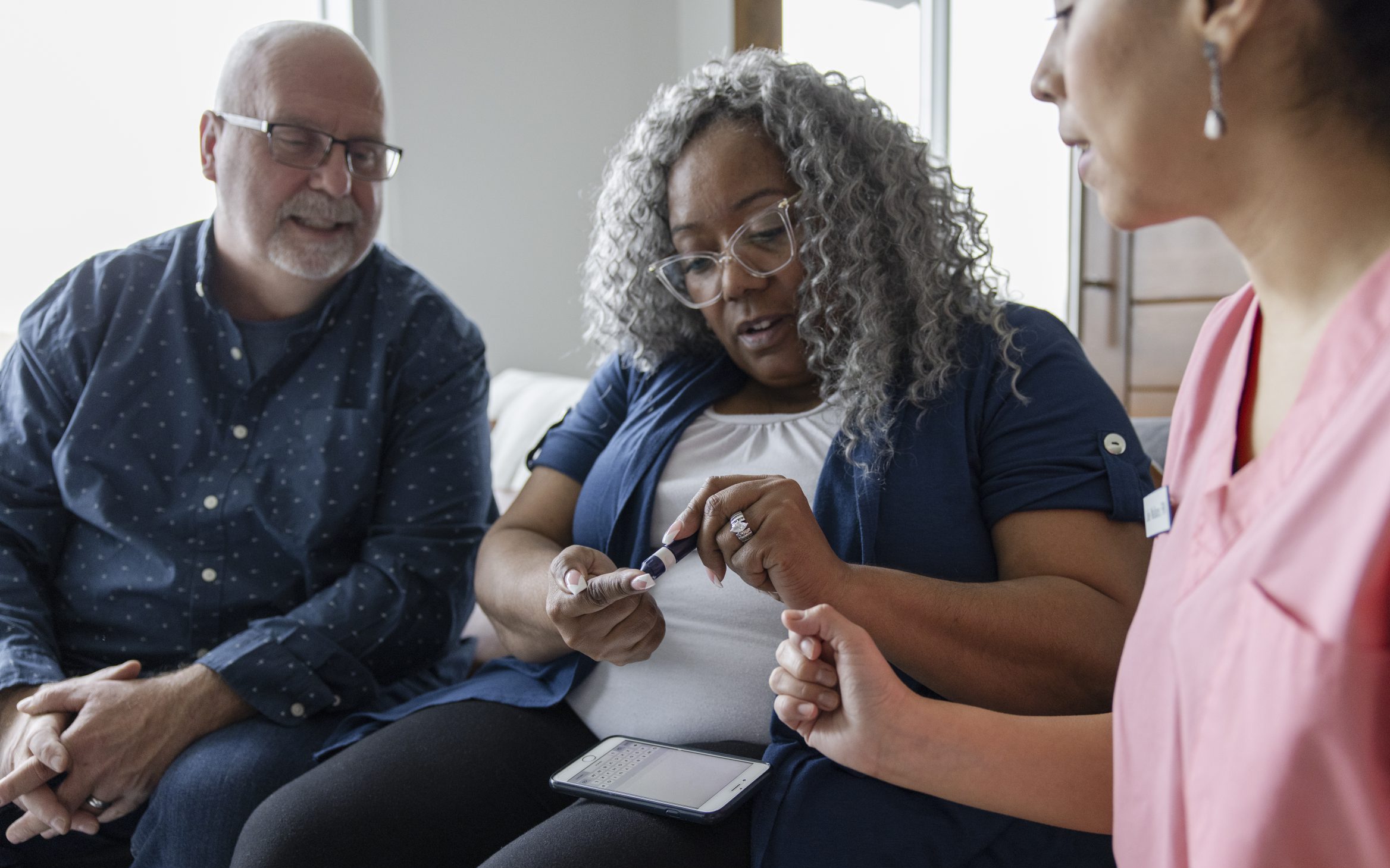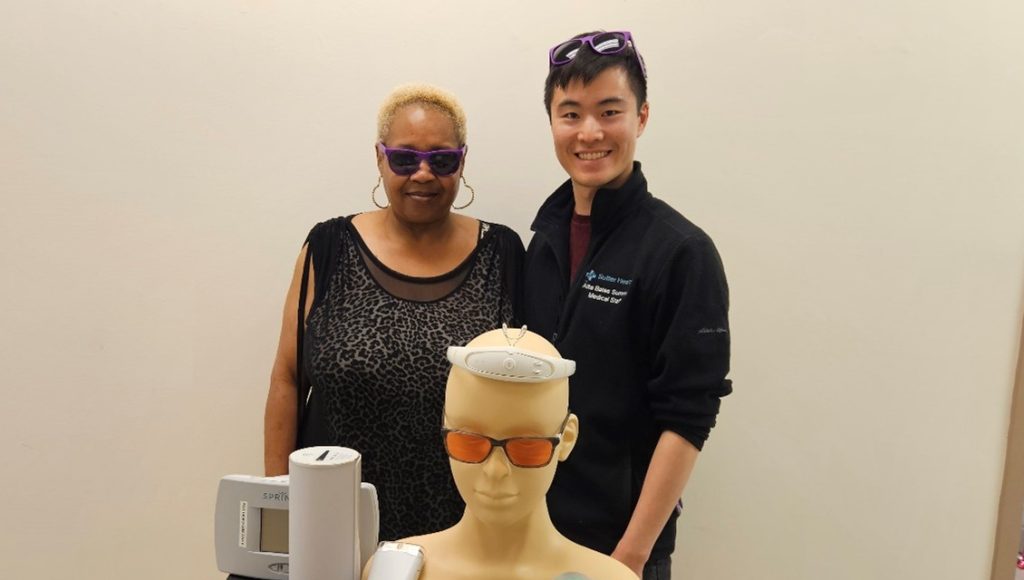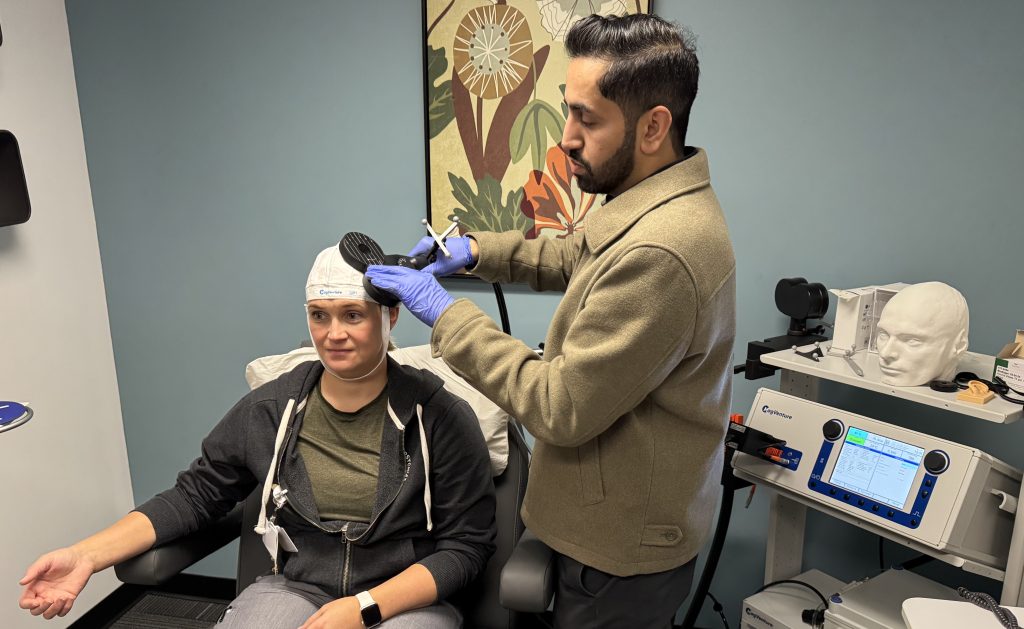November is American Diabetes Month, a time to increase awareness of a condition affecting millions of people in the United States and worldwide. Diabetes has become a global health challenge, with an estimated 37.3 million Americans—about 11.3% of the population—living with diabetes. In fact, the number of Americans with diagnosed diabetes has more than doubled in the last 20 years. Worldwide, the numbers are even more staggering, as over 500 million people are diagnosed with this chronic condition.
“Diabetes is a serious health condition, but early diagnosis can be incredibly impactful in managing and even preventing complications down the road,” says Dr. Chhavi Mehta, an internal medicine doctor at Sutter Mills-Peninsula Medical Center in Burlingame, Calif.
Understanding Diabetes
Diabetes is a condition that affects how the body processes blood glucose (sugar). There are two main types: Type 1 and Type 2 diabetes.
- Type 1 Diabetes: An autoimmune condition where the body attacks insulin-producing cells in the pancreas, resulting in little or no insulin production. Without insulin, blood sugar levels can rise to dangerous levels. Type 1 diabetes is less common, affecting about 5-10% of people with diabetes. It is often diagnosed in children and young adults, though it can occur at any age. There is currently no way to prevent Type 1 diabetes.
- Type 2 Diabetes: The most common form, accounting for 90-95% of diabetes cases. In Type 2 diabetes, the body either resists the effects of insulin or doesn’t produce enough to maintain normal glucose levels. This form is often associated with lifestyle factors, such as being overweight or inactive, though genetics also play a role. Type 2 diabetes can sometimes be prevented or delayed through lifestyle changes.
Spotting Prediabetes and Taking Action
Prediabetes is a precursor to Type 2 diabetes, where blood sugar levels are higher than normal but not high enough to be classified as diabetes. Symptoms of prediabetes may not always be obvious but can include fatigue, blurred vision, increased thirst, and frequent urination. Although diabetes has no cure, people can take steps to manage it effectively:
- Healthy Eating: Focus on a balanced diet that includes whole grains, lean proteins, healthy fats, and plenty of fruits and vegetables.
- Regular Physical Activity: Aim for at least 150 minutes of moderate aerobic exercise, like walking or cycling, per week.
- Blood Sugar Monitoring: Regularly check blood glucose levels to stay on top of any changes.
- Medications and Insulin (if needed): Follow your healthcare provider’s recommendations for any prescribed medications or insulin use.
- Weight Management: Maintaining a healthy weight can help reduce the risk of Type 2 diabetes or better manage existing diabetes.

Dr. Chhavi Mehta is an internal medicine doctor at Sutter Mills-Peninsula Medical Center in Burlingame.
“Preventative measures like these can reduce the risk of progression and help people live healthier lives,” Dr. Mehta added. “Diabetes may not have a cure, but with the right tools and support, people can take charge of their health.”
Healthy Habits, Lasting Change: Diabetes Prevention Webinar
On November 20, Sutter Health hosted a Diabetes Prevention webinar aimed at increasing community awareness and sharing tools for diabetes prevention and management. The event will offer educational resources, expert talks, and activities to support individuals at risk or living with diabetes.
Note: This content is not intended to be a substitute for professional medical advice, diagnosis or treatment. Always seek the advice of your physician or other qualified health provider with any questions you may have regarding a medical condition. Never disregard professional medical advice or delay in seeking it because of something you have read on this website.





